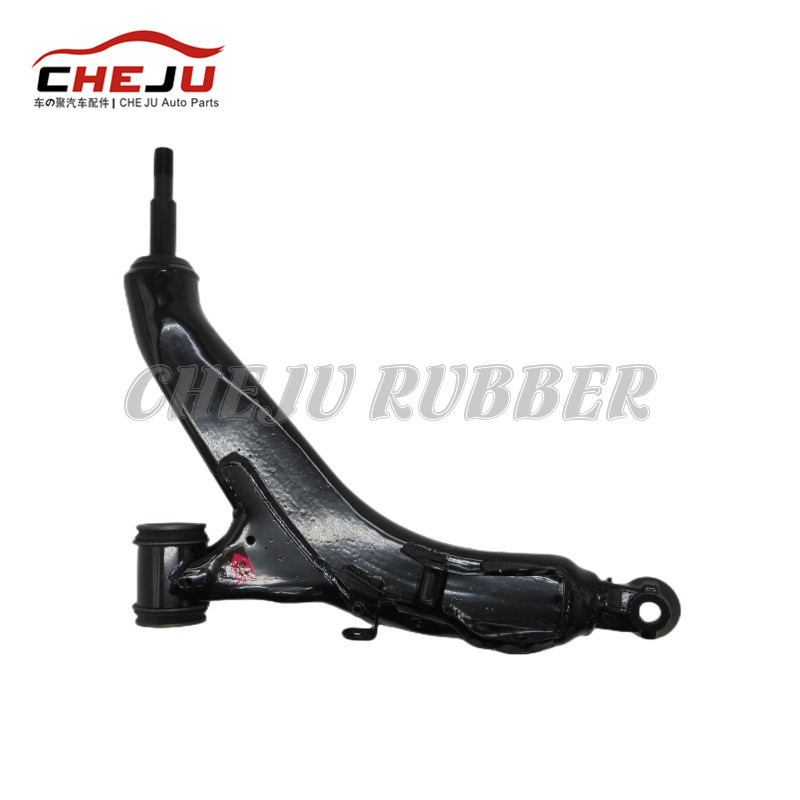Control Arms have several important functions
2023-11-03
A control arm, also known as an A-arm or wishbone, is a crucial component in a vehicle's suspension system. It plays a vital role in connecting the suspension and steering systems to the vehicle's frame or chassis. Control arms are typically found in both the front and rear suspension of most automobiles, and they have several important functions:
1. Suspension Attachment: Control arms connect the vehicle's suspension components (such as the steering knuckle, wheel hub, or spindle) to the chassis or frame of the vehicle. This connection allows for the controlled movement of the wheels and suspension in response to road irregularities.
2. Wheel Movement Control: Control arms help manage the vertical and horizontal movement of the wheels. They allow the wheels to move up and down to absorb bumps and road imperfections while also controlling the lateral movement of the wheels during steering and cornering.
3. Wheel Alignment: Control arms play a role in maintaining proper wheel alignment. They help ensure that the wheels are oriented correctly, which is essential for safe and predictable handling, as well as even tire wear.
4. Support and Load Distribution: Control arms support the weight of the vehicle and distribute the forces generated by road conditions, vehicle acceleration, and braking. They help manage the vehicle's weight and maintain stability.
5. Suspension Geometry: The design and length of control arms are crucial for the suspension's geometry and characteristics. Control arms are engineered to optimize factors such as handling, ride comfort, and performance.
6. Bushings and Joints: Control arms are equipped with bushings and joints that allow for pivot and rotation while providing some level of cushioning. These components are designed to absorb vibrations and noise, reducing the transfer of harsh impacts to the vehicle's frame.
7. Vibration Dampening: The bushings in control arms play a role in dampening vibrations and impacts transmitted from the road. This contributes to a smoother and more comfortable ride.
8. Noise Reduction: By absorbing and dampening vibrations, control arms help reduce the noise generated by road imperfections and tire contact with the road surface.
9. Steering Precision: The control arms and their connections influence the steering precision and responsiveness of the vehicle. Properly functioning control arms are essential for accurate and predictable steering.
Control arms are typically constructed from metal, often forged or cast steel or aluminum, to provide strength and durability. The bushings used in control arms are typically made of rubber, polyurethane, or other elastomeric materials, which help dampen vibrations and provide flexibility.
Regular inspection and maintenance of control arms are important to ensure the vehicle's safety and handling performance. Worn or damaged control arms can negatively impact a vehicle's suspension, handling, and ride quality. If you notice signs of wear, such as excessive noise, handling issues, or unusual vibrations, it is advisable to have the control arms inspected and replaced as necessary by a qualified automotive technician.



